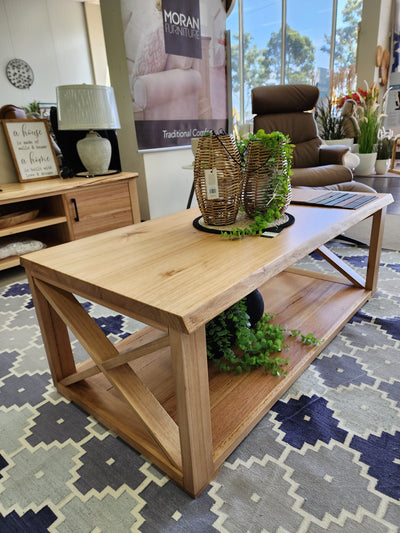
How to Take Care of Your Wooden Furniture
Quality wood furniture can last a lifetime and is often a treasured heirloom, passed down through multiple generations. These furnishings are susceptible to defects if they are not cleaned or cared for properly.
When purchasing new furniture, it’s always a good idea to ask for cleaning and care instructions. To clean or care for furniture that already exists in your home, use these 5 steps as a guide.
1. Prevent Scratches
The first and most important step in extending the life of your wood furniture is prevention. The more you can do to prevent scratching and abrasions, the less you need to repair and refinish down the road.
- Use throw rugs to protect hardwood floors and area rugs to protect wood furniture from scratches on the floor.
- Store items like luggage and backpacks with hard corners (and sharp edges) away from your wood furniture.
- Be mindful of how you carry other items, such as grocery bags and other stuff that could drag over your wood furniture.
- If you have dogs or cats, keep them from scratching and urine marking your wood furniture.
- Put wood furniture legs on a rug to protect against scratches and abrasions.
- Always handle crystal and other glassware with extreme care — and don’t put it on wood furniture.
2. Clean and Polish Regularly
You can still scratch your wood furniture if you are careful, but the most common way to damage wood furniture is to neglect it. Dust, grime, and mildew build up over time, causing scratches and pilling of the finish. Regular cleaning and polishing is the best way to keep your wood furniture looking its best.
- Dust regularly with a feather duster or a microfiber cloth.
- Use a damp, soft cloth with mild dishwashing soap and a little bit of water to remove any sticky residue. Wipe dry with a dry cloth.
- Keep a bottle of wood conditioner handy. Conditioner will enhance the shine of your furniture and help prevent scratching.
- You can also use furniture polish as a follow-up to a good dusting. Apply your polish as directed, and follow with a light buffing with a soft cloth.
3. Seal the Wood
The wood used in fine furniture may be sealed to protect it from water damage, dirt, grime, and other stains. Sealing your wood furniture will make it less susceptible to scratching over time.
- You can reseal your wood furniture by following the instructions on the manufacturer’s sealant.
- As the finish wears off, you may need to apply more. Look for instructions on how to apply more sealant.
- Beware of low-quality sealants, which may actually cause damage to the wood.
4. Use Felt Furniture Pads
Furniture pads come in a wide variety of shapes and sizes to protect the legs of your tables and chairs. Furniture pads are often made of felt, which is gentle on furniture but effective at preventing scratches.
- Clear adhesive pads are good for furniture that doesn’t move around much
- Pads that stick to furniture with double-sided tape are good for shifting furniture.
- Pads with suction cups can be used on furniture that moves frequently.
- Slot and post pads enable you to move furniture without moving the pads.
5. Use Furniture Rugs and Pads
Along with felt pads, you can also use slip-on furniture rugs and pads for added protection. These rugs and pads fit directly over your furniture legs to prevent scratches and scuffs.
- Furniture leg rugs and pads come in a variety of shapes and sizes to fit your furniture needs.
- Furniture leg rugs and pads can be purchased at home stores and specialty upholstery shops.
- Purchase rugs and pads with grippy nubs, or use adhesive pads to keep them in place.
Looking for custom made living room furniture? Get in touch with us today to see how we can help.




















